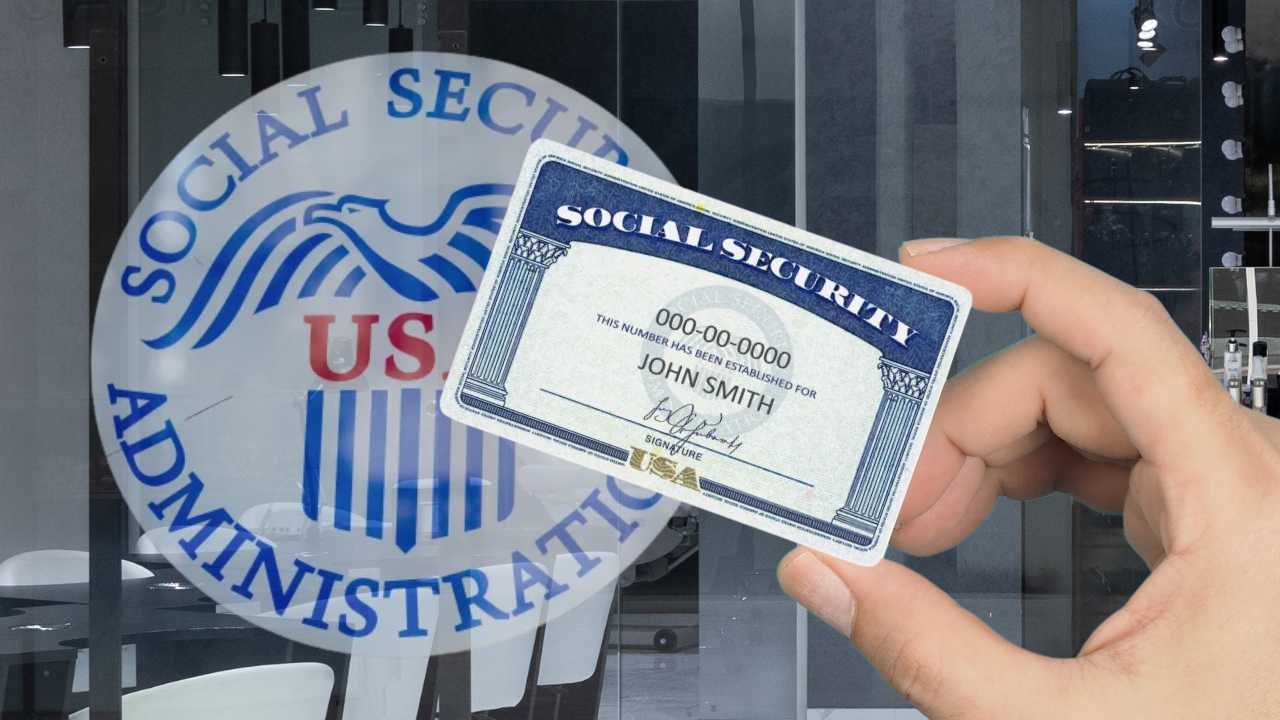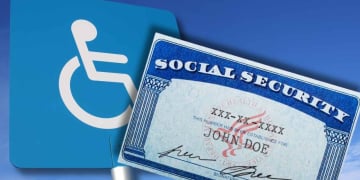Social Security payments for retirees in May 2025 are distributed based on date of birth. Those born between the 21st and 31st of any month will receive their deposit on May 28, the fourth Wednesday of the month. This rule applies to beneficiaries who began receiving payments after May 1997.
The average monthly benefit in 2025 is $1,976, according to official data. However, the figure varies depending on previous income and retirement age. Cost-of-living adjustments (COLAs) increased benefits by 2.5%, equivalent to an average increase of $50 per month.
For beneficiaries who began payments before May 1997, the usual deposit date is the 3rd of each month. If this falls on a weekend, the payment is made on the preceding Friday. Those receiving SSI and Social Security follow the same schedule.
Requirements for maximum Social Security benefits
Receiving the maximum amount of $5,108 requires two conditions: income equal to the taxable limit ($176,100 in 2025) for 35 years and delaying retirement until age 70. Fewer than 5% of beneficiaries reach this level, according to estimates.
Those who retire before age 67 see their benefits permanently reduced. For example, retiring at age 62 results in a 30% reduction. However, postponing retirement until age 70 increases the payment by a cumulative 8% per year.
SSI sends a second payment in May
Because June 1, 2025, falls on a Sunday, SSI beneficiaries will receive their June payment on May 30. This advance payment avoids delays but does not affect regular Social Security payments.
The 2.5% COLA adjustment in 2025 seeks to offset rising consumer prices. Although lower than the 8.7% increase in 2023, it reflects a slowdown in inflation. The amounts are automatically updated every December.
For those receiving SSI and Social Security, payments are combined on a single date: the 3rd of each month (or the preceding Friday if it’s a weekend). This synchronization simplifies management for beneficiaries with dual coverage.
What do I do if my Social Security payment is late?
When a Social Security payment does not arrive in your bank account in the date you’re expecting it (as established by the official schedule), the SSA advises beneficiaries to wait three business days before making any further arrangements. This timeframe takes into account potential operational delays in the financial system.
As a first step, it’s recommended to check directly with your banking institution to rule out any internal processing issues. Some institutions may take up to 48 hours to credit federal deposits, even after the SSA has already released the funds.
If the payment still hasn’t arrived after this period, beneficiaries can contact the SSA at 1-800-772-1213, available Monday through Friday, 8:00 a.m. to 7:00 p.m. (local time). To expedite service, it’s recommended to have your Social Security number and bank account details on file.
In exceptional cases where the delay exceeds five business days, the SSA allows you to file a formal claim through the website www.ssa.gov or at local offices. Required documents include a copy of your bank statement and the most recent benefit notice received.




